Boudoir fashion: Self-care, romance and fantasy
The past two years have seen a lot of lounging at home in the privacy of one’s boudoir, wearing pajamas and silky undergarments, and many times, even with Zoom meetings, they remain underneath more presentable attire, at least from the waist up. This hybrid has no doubt inspired designers for the runways but has already had a long history where underwear is worn as outerwear.
Lingerie, in particular, was a big influence on FW2022. The term originated from the French linge or linen, the material from which it was traditionally made. By the late 19th century, it had evolved from the purely practical to the erotic. The concept that women, other than prostitutes, could use underwear for seduction was popularized during the Edwardian era. The rise of the suffragette movement helped bring this about with women wearing sensual camisoles and dainty petticoats of lace beneath tailor-made suits as a response to accusations of “mannishness” from conservative circles. Despite their advocacy for equality, they wanted to maintain their femininity and the air of romance.

As the 20th century progressed, women were breaking free from Victorian moral constraints and prescribed concepts of femininity. Their use of lingerie as sexually aware and independent beings set it apart from the rationalist and moralistic variety in wool advocated by Victorian mores. There was still the caveat, however, to use them only within the confines of a happily married life.
Lingerie was actually a sign of social status until the 1920s, when rayon was marketed as a luxury fabric called “artificial silk,” leading to democratization. To match body-conscious fashions, the teddy was created and became popular together with the camisole, which would later be used as outerwear in the ’70s. The slip, produced by La Perla in 1954, became chic outerwear in the 1990s after designers like John Galliano and Dolce & Gabbana revived it in their collections.
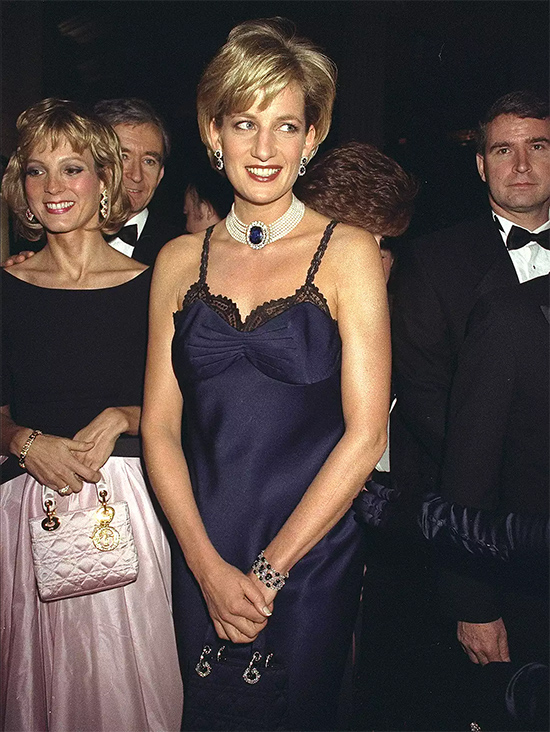
In the 1960s lingerie sales declined, with the slip being replaced by the bra and panty to go with the new silhouette of the mini, although iterations of corsets and other underwear were worn by goth and punk subcultures, becoming mainstays in fashion. A revival came in the ’70s, led by Janet Reger, whose collection was described as “fantasy courtesan,” which attracted working women who wanted to regain the femininity they had lost behind the office desk. By the ’80s, Reger’s influence was still evident when lacy camisoles were worn peeping through the power suit.
The ’90s saw both male and female customers becoming avid consumers with the revival driven by Frederick’s of Hollywood and Victoria’s Secret, where the spectacular fashion shows of supermodels dubbed “Angels” were highly popular and eagerly awaited.
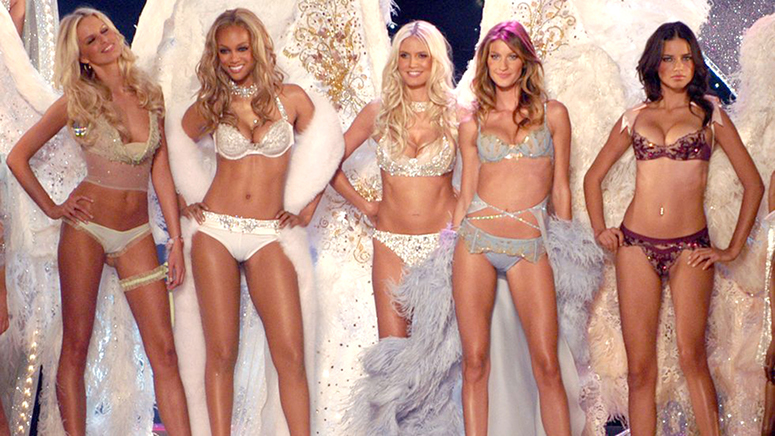
In 1994, Agent Provocateur, founded by Joseph Corres and Serena Rees, integrated 1950s glamour with high fashion by recreating the baby-doll nightie and matching puff panties worn by Carroll Baker in the 1956 film Baby Doll. By melding vintage undergarments with new materials like Lycra, they redefined lingerie as a luxury product.

Our very own Josie Natori already started to do her own reinvention of lingerie as luxury when she opened Natori in 1977, capitalizing on fine Philippine embroidery and an East-West sensibility. The comfort and versatility of her pieces that go from day to night have made her business resilient during the pandemic. For her, it’s all part of self-care to indulge oneself in luxurious clothes that make you look good and feel good.
“I was brought up in an environment where you took care of yourself,” she said in an interview for goldenglobes.com. “I don’t believe in sloppiness. Dressing up was important. Treating yourself was important. We grew up in that culture where you treat yourself. You love jewelry and beautiful things and live well.”
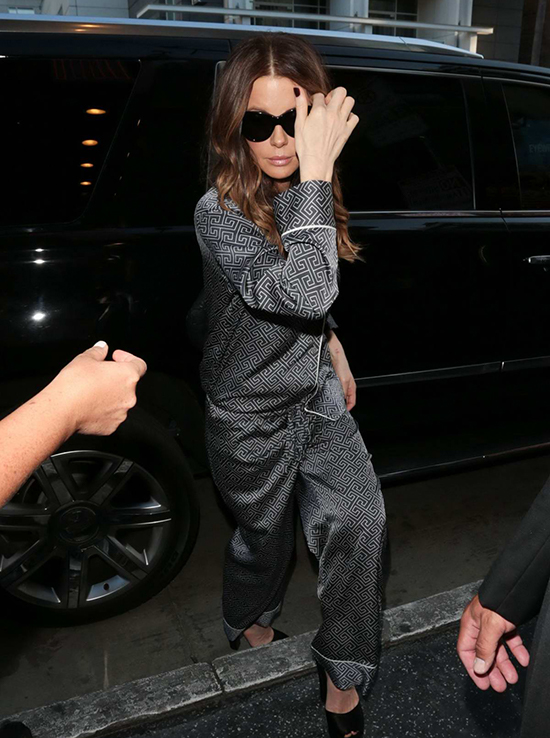
With this philosophy, she has attracted a celebrity clientele that includes Lady Gaga, who wore the Natori black lace bra with a studded blazer and fishnet stockings for a Grammy after-party, and Kate Beckinsale, who just loves the brand’s pajamas so much that she wore it for the opening of Hamilton in LA, aside from luxuriating with them in lockdown.
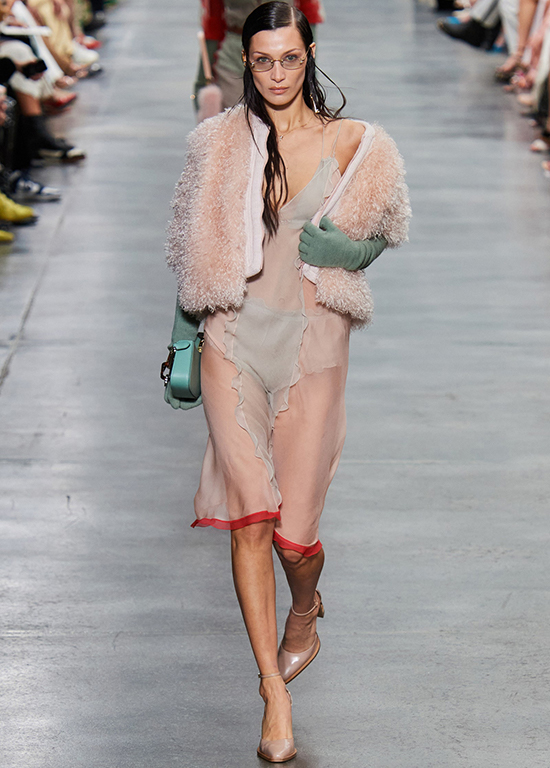
Even before quarantine, a more comfortable iteration of lingerie was already coming into style in the form of Calvin Klein matching sets and other sporty, athleisure looks, which gained even more prominence as wellness became a priority. As the economy has opened up, however, people are starting to go out and dress up again, making the lingerie party dress or lingerie-suit hybrid the current looks that designers imagined for FW2022.

At Fendi, pieces like slip dresses are never overtly sexy, with exposed and frilled seams and ruffled details on sheer fabrics, mixed with corseted tops, bustier detailing, half-peplums, and aprons extending over skirts and pants.
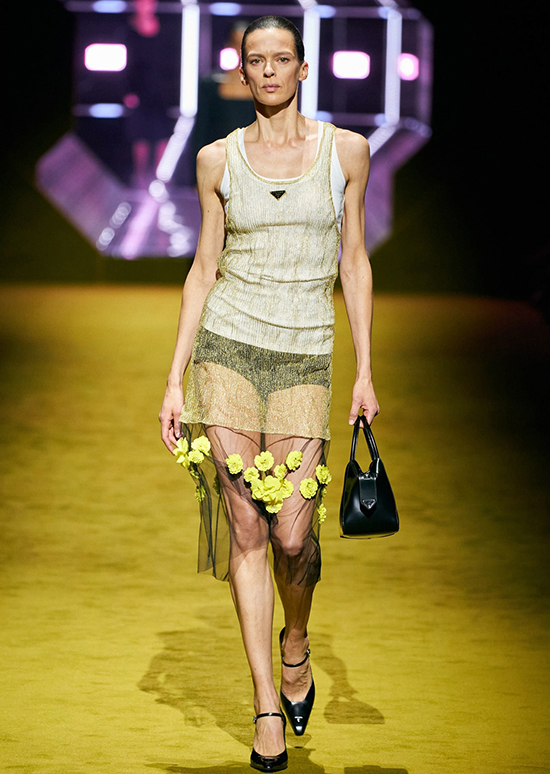
Prada’s flower-appliquéd sheer dresses were layered with tank tops, while Miu Miu’s were layered with embroidered leather jackets.
Natori added a touch of Hollywood glamour to her collection, with reimagined bustiers, jogger pants, kimono jackets, and tunic dresses, many with romantic patterns recalling Oriental lacquer coromandel screens and porcelain, in opulent silk, jacquard, and matelassé. The pieces evoked the silver screen’s world of romance and fantasy.
“It’s about bringing art to life,” she told WWD — a motto that has worked for her and her clientele for the past 45 years.


